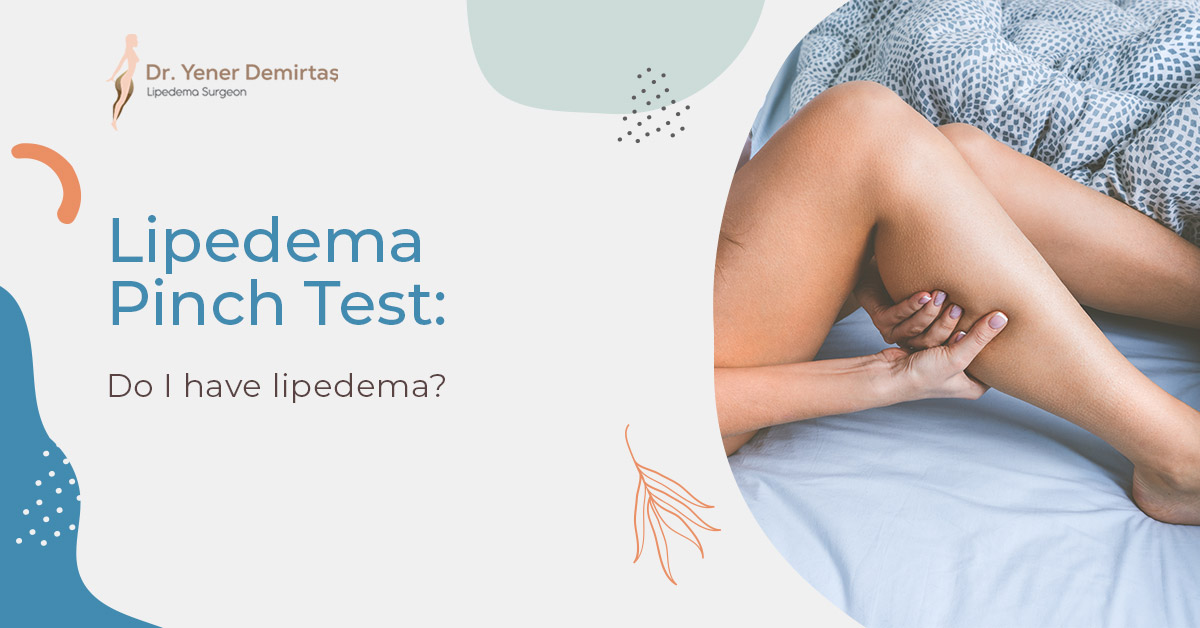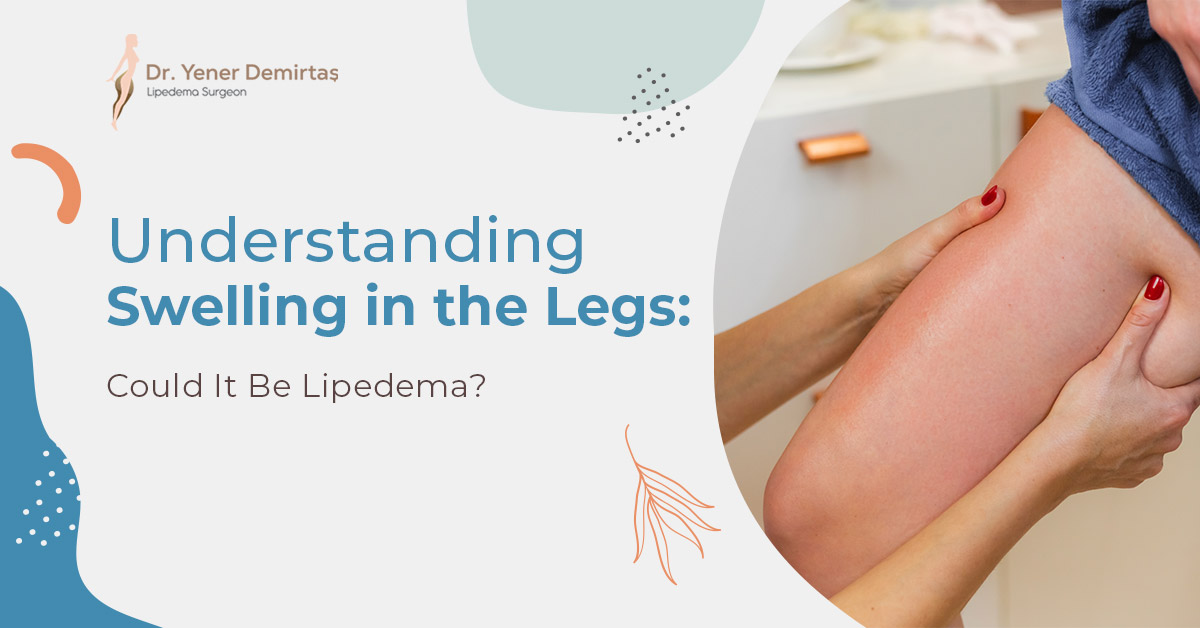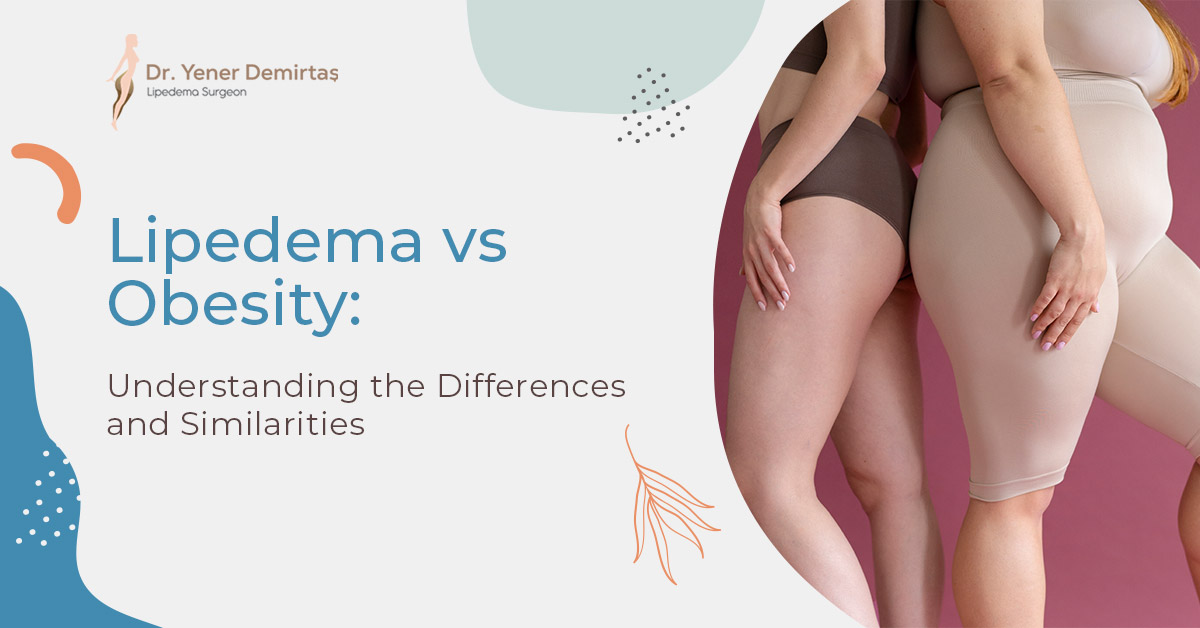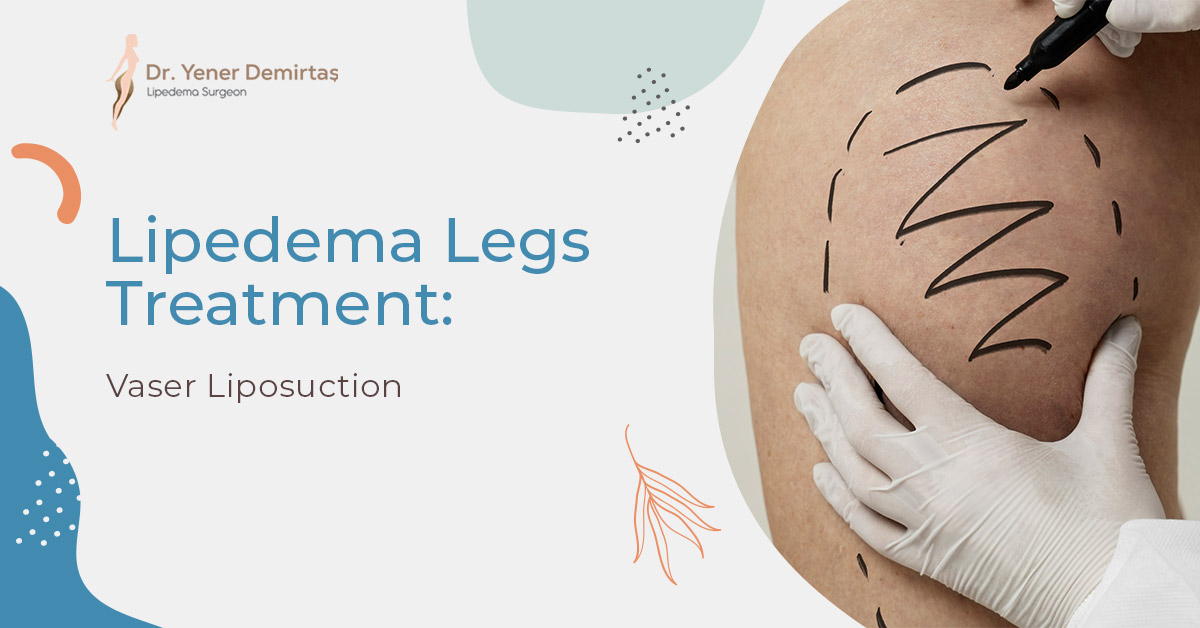
Lipedema Pinch Test: Do I Have Lipedema?
Navigating the waters of diagnosing chronic pain and swelling can be complicated. For some, the Lipedema pinch test serves as an accessible, do-it-yourself first step toward identifying if lipedema might be the culprit behind their symptoms.
In this article, we delve into the Lipedema pinch test, how to perform it, and why it's crucial to consult a healthcare professional for a definitive diagnosis.
What is the Lipedema Pinch Test?
The Lipedema pinch test is a simple self-examination that individuals can perform to gauge whether they might have lipedema. While it can provide some initial insights, it's important to note that the pinch test is not a definitive diagnostic method.
If you suspect you have lipedema based on the pinch test or other symptoms, consult a healthcare professional. Additional tests, like ultrasonography or MRI, are often necessary to confirm a lipedema diagnosis.
How to Conduct the Pinch Test at Home
To perform the Lipedema pinch test yourself, gently pinch the skin and underlying tissue of the affected area—often the thighs or lower legs. The aim is to assess how the tissue feels. Lipedema often changes the texture and pliability of the affected regions.
After the pinch, pay attention to how your skin and tissue respond. Are they painful? Do they feel different in texture compared to other areas?
What Can the Pinch Test Reveal?
This test can give you initial insights into your condition. Typically, the tissue in lipedema-affected areas will be painful to the touch and may feel different than healthy tissue. However, it's crucial to remember that the pinch test is not conclusive.
It's also worth mentioning that the symptoms of lipedema can overlap with other conditions, such as lymphedema or obesity, making it critical to seek a professional opinion for an accurate diagnosis.
Limitations of the Lipedema Pinch Test
While the test is easy to conduct at home, it's not entirely reliable. Many factors can influence the results, including the severity of lipedema and its overlap with other conditions.
Because of these limitations, relying solely on the Lipedema pinch test is not advised. If the test results point toward lipedema, it's essential to consult a healthcare provider for further evaluation.
Next Steps: Consulting a Healthcare Professional
So you've done the Lipedema pinch test and suspect you may have this condition. What next? The most sensible step is to consult a healthcare provider experienced in diagnosing and treating lipedema.
While the pinch test can serve as a starting point, an accurate diagnosis often involves more advanced tests and a comprehensive medical history. Early diagnosis is vital for effective lipedema management, so don't hesitate to seek professional guidance.
Take our “Lipedema Evaluation Form” to learn more about your condition and possible treatment options.





